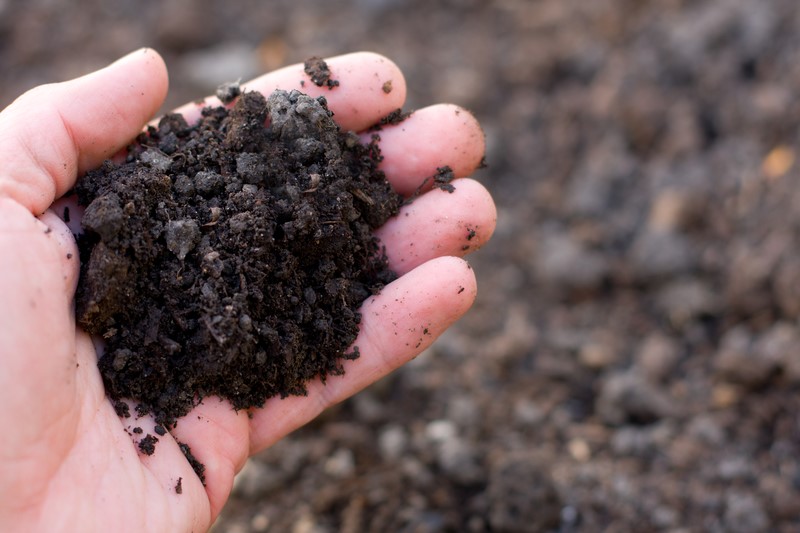Scientists have revealed that adding chemicals to soil could create a strong and environmentally-friendly construction material to build homes in developing countries
The material, known as geopolymer-stabilised soil, is created when alkaline chemicals similar to those found in household cleaning products are added to the soil.
Clay present in the soil is transformed into a geopolymer, a kind of glue similar to cement, which chemically binds the material today.
Mud has been used as a construction material for hundreds of years but adding the chemicals makes it stronger, more durable and potentially more resistant to breaking down due to moisture.
Scientists at the University of Bath are examining whether geopolymer-stabilised soil could become a viable and robust construction material for building homes in some of the world’s poorest areas.
They say modern-day building materials, such as cement and bricks, can be environmentally damaging and unaffordable for people living in such countries.
Geopolymers can typically be fired at 80C, whereas cement and fired bricks usually require more than 1,000C.
Alastair Marsh, postgraduate researcher in civil engineering at the University of Bath, said: “The construction materials we have used so far in the 20th and 21st centuries have been very good, but they’ve come at a high energy and carbon cost.
“We’re trying to find more environmentally friendly alternatives. We’re using a process called geopolymerisation to make sustainable bricks out of soil.
“In this reaction, we produce a natural kind of cement that glues the soil together, making it stronger and more durable.
“The advantage of this reaction is that it has a far lower energy cost. I’m hoping that through this, we can make new construction materials that are practical, affordable and environmentally sustainable.”
Marsh added: “The familiar construction materials of fired brick and concrete have a heavy environmental cost, with cement production alone accounting for 5-10% of global greenhouse gas emissions.
“Developing lower impact construction materials is an essential task to enable our world’s growing population to house ourselves adequately without contributing to climate change.”
Depending on the source materials and required properties, geopolymer-stabilised soils could have as little as half the carbon emissions impact of concrete, and a quarter that of fired bricks, he said.
Marsh added that a typical family home could be built using approximately 10 tonnes of soil by adding 5-10% sodium hydroxide.
There is a significant knowledge gap in understanding how the geopolymerisation reaction works for different soil types and Marsh is physically and chemically testing a range of soils to improve this.
Professor Andrew Heath, of the University of Bath’s Department of Architecture and Civil Engineering, concluded: “This research is key to the development of sustainable housing around the world.”
The project has already led to a joint project looking at developing sustainable housing in India, in collaboration with the Indian Institute of Science in Bengaluru.














